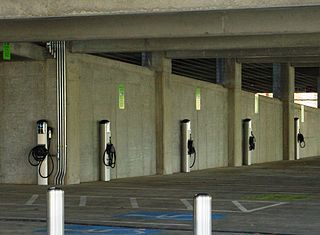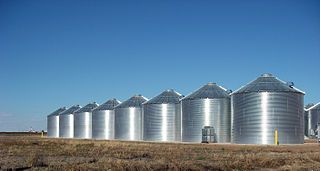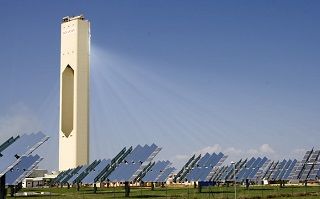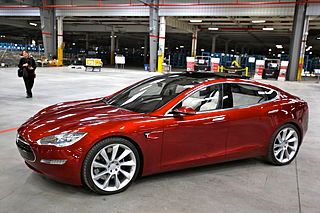Renewable Energy Finance Forum Looks at Latin America, the Caribbean

It sure would be good if I could change that, and somehow get a consulting “gig” to explore the migration to renewable energy down there. (more…)

It sure would be good if I could change that, and somehow get a consulting “gig” to explore the migration to renewable energy down there. (more…)

He notes: The issue that I am most interested in is, if 95% of the public believes that solar energy is what they want; then, what would be the entry level investment that the public would accept to become an investor in a MLP (master limited partnership)? How does one convince the public that it is a good investment? (more…)

The good news is that the concept makes a great deal of sense. I.e., the introduction of significant quantities of battery storage will provide a number of benefits in addition to reducing/eliminating our dependence on gasoline and diesel, with their litany of negative environmental and political consequences. In addition to V2G, electric transportation will enable a large increase in the amount of wind energy we are able to generate and use productively, as the wind blows hardest at night, during off-peak periods.
It’s not news that there’s a growing trend towards building green homes, but what if you live in a home that’s not so green-friendly? Well, for starters, you’re not alone. In the U.S., there are about 125 million single-family homes with the majority being built before energy-efficient developments, according to the National Association of Home Builders. Don’t panic, it’s not too late to come to the greener side, and no you don’t have to demolish your green-less home and re-build a new one. Homeowners that want to make the switch to a greener home should consider a few modest upgrades that will put them on the right path to becoming a green-hero.
Start with an energy audit. An energy audit is exactly what you need when you’re looking to improve your home’s energy efficiency. An energy assessment will give you an evaluation on your home’s green status. It will determine where and how energy is being lost, which systems are operating inefficiently, and what cost effective measures can be taken to better green your home. (more…)

A major issue with renewables is their variability. The sun doesn’t shine at night, which is when we want electricity for lighting, heating, and other needs. Wind is variable: sometimes there is too little, sometimes high winds generate too much power – Denmark has been exporting power to Germany when it has a surplus, but this is not satisfactory. As more renewables are used for power, the problem of storage becomes acute. (more…)

I’m not sure why we needed a study to determine this; was that ever in doubt?
In any case, I remain active in my pursuit of an investor for my friends at Ahura Energy, whose cost-related breakthrough in this space will move this entire enterprise along that much faster.

Today’s publication includes a graph that depicts the fall of the widely watched Ardour Solar Energy Index (SOLRX) in 2008, and attempts to get at a reasonable production of the future.

In terms of the overall issue of the EV adoption curve, it’s hard to know where we are – and the success of a $100K car — of any type – does little to answer that question. Having said that, I would have to think that all the people spending that type of loot on a high-end BMW, Mercedes, Porsche, etc. would be moved to consider the Tesla, not only for its styling, but for its performance. The base 85-kW-hr powertrain delivers 362 hp and 325 lb-ft of torque, while the performance version makes 416 hp and 443 lb-ft.
Trust me: that level of torque gets your attention in a very big way. The first time I nailed the accelerator in a recent test drive I was terrified; it felt as if the car was about to flip over backwards.